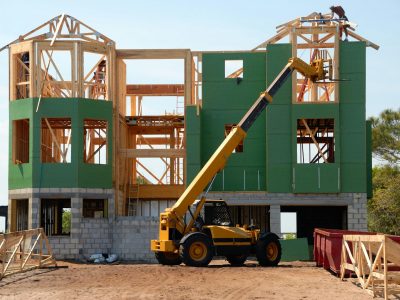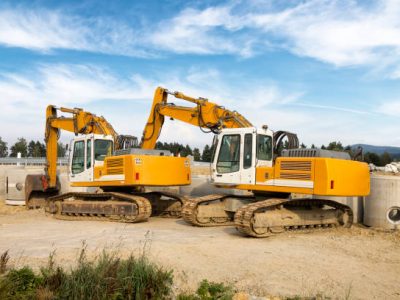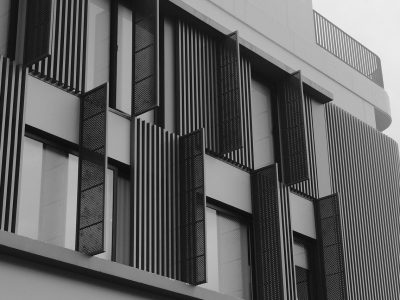Behind the walls of buildings and beneath the surface of our communities lies an intricate system of wires, cables, transformers, controls, and metering carrying electricity to power homes and organizations across our land. The electrical switchboard is the command center overseeing this vital flow of energy connecting generators to their usage loads – a ubiquitous panel hiding in plain sight but deserving of its unsung status as a cardinal component within any electrical infrastructure.
Like a railway dispatcher directing trains out of a busy station, the switchboard serves as the master controller, routing electricity from source points and apportioning it judiciously across myriad outlet tracks to appliances small and large. Far more than a simple junction box, this brain center comes packed with an array of instruments, protective relays, bus connections, and programmable switches to nourish electrical loads with optimal current while avoiding disastrous faults or wastefulness.
From the largest skyscraper to the most diminutive shed, only some artificial assemblies of brick and mortar would operate long without a switchboard anchoring its power backbone. These panels embody years of accrued wisdom on electrical physics, safety standards, reliability benchmarks, and instrumentation – amalgamated into a functional work of art ready to repeat its life-giving tendrils of power ceaselessly across any facility 24 hours a day, 365 days a year.
This article illuminates switchboards by peering beneath their unpresuming exteriors, investigating their inner workings, diverse variations, salient metrics, and invaluable purpose within the electrical ecosystems our modern world depends on.
What is a Switchboard?
A switchboard is a large electrical panel that is a central hub for controlling and distributing electrical power within a building. The term comes from early telephone switchboards, which allowed operators to route calls by plugging cables into sockets on a board.
In electrical systems, a switchboard serves a similar purpose, using an array of switches, fuses, meters, control wiring, and busbars to route electricity and manage power distribution. Switchboards provide a single point of contact to monitor and coordinate electrical circuits across an entire facility.
Key Components of an Electrical Switchboard
Switchboards contain various components and subsystems, all working to regulate electricity flow. Some of the most essential elements include:
1. Busbars
Busbars are thick conductors, usually made of copper or aluminum, that form the core pathways for electrical current to flow through the switchboard. They are designed to safely handle high amp capacities of up to 6000 amps or more.
2. Switching Devices
Various types of switches, fuses, or circuit breakers are installed on the switchboard to protect circuits and give the ability to manually de-energize branches of the system when needed. This provides vital protection and control capability.
3. Metering Devices
Digital or analog meters showcase data like voltage levels and load current at different points, allowing operators to monitor performance. Advanced switchboards incorporate dece meters that log electrical parameters for analytics.
4. Ground Busbar
The ground busbar provides a dedicated low-impedance path for fault currents to safely reach Earth. This crucial element safeguards infrastructure in the case of a short circuit or emergency.
5. Cables and Terminals
Switchboards integrate cable gland plates and lugged connection terminals to interface with conduits and wiring from other areas of the electrical network, like transformers or generators.
How Do Switchboards Operate?
Switchboards provide convenient centralized monitoring and control by funneling power from the incoming supply lines through various integrated metering, protection, and distribution hardware before routing it through supply cables to different load centers across a building.
Power Flow Sequence:
- Electricity enters the switchboard from generators or utility feeders at high voltages like 13.8kV.
- Transformers stepped down this supply voltage closer to utilization levels like 480V 3-phase.
- The busbars distribute this lower voltage out to different unit substations or panelboards.
- Switchgear-like circuit breakers secure and control power flow to downstream areas per electrical requirements.
- Metering transducers measure parameters like voltage, current, and power factor for monitoring and analytics.
- Data and control wiring provide remote monitoring and adjustment capabilities if required.
Proper switchboard design ensures all these functions integrate seamlessly to give customized power distribution tailored to facility needs.
Types of Switchboards
Switchboards come standard or customized for various applications and capacities. Some main types of switchboards include:
Low-voltage Switchboards
The most common type is handling voltage inputs less than 1000V and distributing them for general building loads – lighting, heating, ventilation, IT systems, etc.
High-voltage Switchboards
Handles over 1000V input, used in industrial environments or to integrate onsite power generation equipment. Requires extra safety precautions.
Automatic Transfer Switchboards
Incorporates automatic transfer capability between normal and backup power sources like generators or inverters. Critical for sites that need uninterrupted uptime to maintain operations in an emergency.
Motor Control Centers
An optimized switchboard controls and protects large electric motor circuits in industrial settings while including distribution and measurement abilities.
Factors When Selecting a Switchboard
Since switchboards are customized to match site specifications, some key aspects to evaluate include:
1. Required Voltage and Current Ratings
Determine the incoming supply characteristics expected from utility transmission lines or backup generators to size the switchboard’s nominal voltage, fault withstand ratings, busbar amp capacity, etc.
2. Energy Monitoring Needs
Consider what degree of energy metering, threshold alarms, or data trending is desired to effectively track consumption for conservation efforts or sub-billing tenants.
3. Available Space and Layout
Assess the onsite floor space and layout placement for grounding, rear access, ventilation, and entry/exit routes to ensure constructability.
4. Compliance Standards
Verify which electrical codes and safety standards like UL 891 or IEC 60947 need certification to meet legal requirements based on local regulations and site activities.
5. Future Expansion Requirements
Discuss anticipated energy needs over time, like adding equipment, electric vehicle chargers, or solar power systems so switchboard infrastructure is designed to scale up modularly later if required.
Choosing the optimal switchboard involves looking closely at this combination of sizing specs, functionality expectations, onsite constraints, compliance needs, and change management planning. With sound engineering decisions during selection and installation, the switchboard has been the backbone for intelligent power control across an entire facility for decades.
Conclusion
From power plants to individual buildings, switchboards are indispensable for routing electricity and giving operators command over electrical distribution methodically. These intelligent power centers integrate metering devices, switching controls, and distribution hardware to give 360? visibility and decision-making ability when managing electrical loads. With capacities of over 6000 amps and advanced monitoring and analytics functions, they enable granular control across entire networks from a central hub. By serving as the foundation for smarter energy usage across essential facilities and individual sites, the switchboard will continue playing a commanding yet behind-the-scenes role in power systems now and far into the future.




















